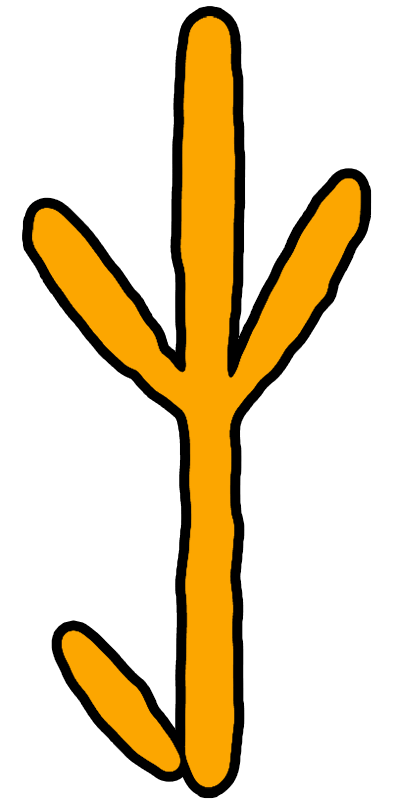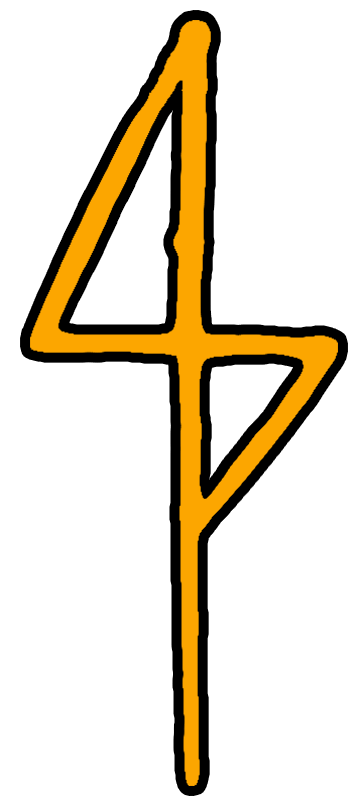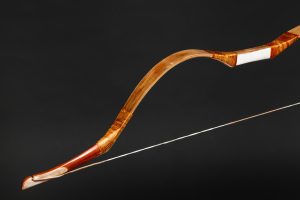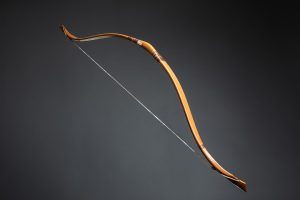
ATTENTION!
Our website contains bows*.
If you are a visitor for professional purposes, log in as our pages contain information for professional purposes only.
In all other cases, please leave our site.
By clicking the "ENTER" button, you declare that you are a visitor for professional purposes only, and that you only need the information on the page for professional purposes.
*Based on the 175/2003. government decree, the bow is considered an instrument of increased danger to public safety. We are not responsible for violations committed with a bow.
ENTER
Hun Base bow
Information!
There may be color differences in the picture compared to reality!
You can write it down in the comment section at checkout if you have an idea about the colors.
Bows are usually made from 25-70#. Bows can be made between 75-140#, but only certain models.
From 75#, there is no warranty and we do not take any responsibility for the bows. The buyer must make a written statement of this, that he acknowledges it, and we will charge a +50 EUR cost. Decorative painting is +150 EUR.

Featured Bows
Our bows, which are more special than average and define their product category, deserve special attention.


Who where the Huns?
Among other things, the Huns are mentioned for the first time in the Chinese chronicles, when, according to the Chinese annals, the two and a half thousand km long “Great Wall of China” surrounding the Chinese capital was built against the Hun (Hjung-nu) conquerors.
The Hun adventure towards China took 300 years. After that, the name Hjung-nu starts to disappear in Chinese records, while at the same time the name Hun (Hun) appears in Greco-Roman historians, e.g. the Armenian king ravages the edges of Persia with the Huns. Around 350, the tribes of the Huns who remained in China united with the Hun tribes living on the outskirts of Persia and launched the Hun conquering army. They crossed the Volga, defeated the Sarmatian Alans, and the Germanic Eastern Goths. After a few years some of the Huns invaded Pannonia (377) and remained here as a mercenary people paid by the emperor. At that time, however, the main forces of the Huns were still encamped between the Black and Caspian seas. Years later, some parts of it appeared at the Al-Danube, while other parts penetrated into Silesia from southern Poland.
Contemporaries wrote about the appearance of the Huns: “one of the secrets of the Hun victories lies in their excellent archers. They are armed with bent bows and arrows, their hands hit the target with terrifying accuracy, they send certain death with their shots, and in their vicious battle rage they never miss the target. Rider and horse are so unique the ancient world has never met its harmony.” Among their weapons, the Romans always mention their bow and arrow first.
There is no doubt that from the leaders to the simple horsemen, they handled the bow masterfully. It is no coincidence that the bow was the symbol of their power in the eyes of both themselves and the enemy, and even its insignia, coated with gold.
With the appearance of the Huns, the ethnic elements found here fell into a trap, migrated westward, and thus began the great migration, the weakening of the Western Roman Empire. The movement of the disturbed peoples significantly changed the map of Europe in a few decades.
At that time, Ruga was the great prince of the Huns. After his death, his brother Mundzuk’s sons, Bleda and Attila, became the princes of the Huns. First, the older son, Bleda, became the great king, and after his death, Attila became the greatest king of the Huns, who was already surrounded by legends during his lifetime. “A boy who was born to shake the peoples, to the horror of the whole world, who was feared by everyone because of the terrifying news that spread about him. He walked awkwardly, his eyes flickered here and there. Gõgös also made his power felt with his body movements. Although he liked fighting very much, he still acted judiciously , he accomplished most with his wits. He was compassionate to suitors and gracious to all who submitted to him. He was clever and cunning, threatening in a direction other than the one he attacked. He lived in a magnificent carved wooden palace. He was surrounded by pomp and wealth, but he showed himself modest in appearance. His spotlessly clean clothes and boots were unadorned, he carried a simple sword on his belt, sat on a wooden throne, ate from a wooden plate and drank from a wooden cup. At the same time, he demanded that his followers and chosen ones be adorned with gold and precious stones up to the toes of their boots, that the frills of their horses should shine with gold, and that they should wear shiny decorative weapons. His guests also served with silver cutlery and poured the wine into silver goblets. However, he did not demand bowing and flattery. This noble simplicity and directness was impressive in the eyes of the ambassadors who visited him. However, his personality was also oppressive, his sons did not dare to look him in the eye, just like his followers. It is therefore no coincidence that with his individuality, even then, he won a unique place for himself in world history. He attributed Attila’s reign to divine origin, as proof of this, legends were created already at the beginning of his reign, e.g. About the miraculous appearance of the sword of Mars, the sword of the god of war, which he found here in the territory of Hungary. Attila died in 453. The Huns then split their faces open, sat a big cake, buried his body in a gold, silver and iron coffin at night, and shot the mourners with arrows.
With his death, the Hun Empire collapsed. The main world-historical impact of Attila and the Hun people was that by destroying the border fortresses, they opened up the interior of the empire to the barbarians, and thus prepared the fall of the Western Roman Empire.
More to read
More about the Huns




















































